Gardening Tips
6 Essential Steps to Prepare Your Raised Garden Bed for Successful Spring Planting
As the chill of winter fades away and the warmth of spring beckons, gardeners eagerly anticipate the opportunity to get their hands back in the soil. For those with raised garden beds, early spring is the perfect time to prepare your garden for a bountiful season ahead. Whether you’re a seasoned gardener or a novice enthusiast, proper preparation is key to ensuring your plants thrive. In this guide, we’ll explore five essential steps to prepare your raised garden bed for successful spring planting.
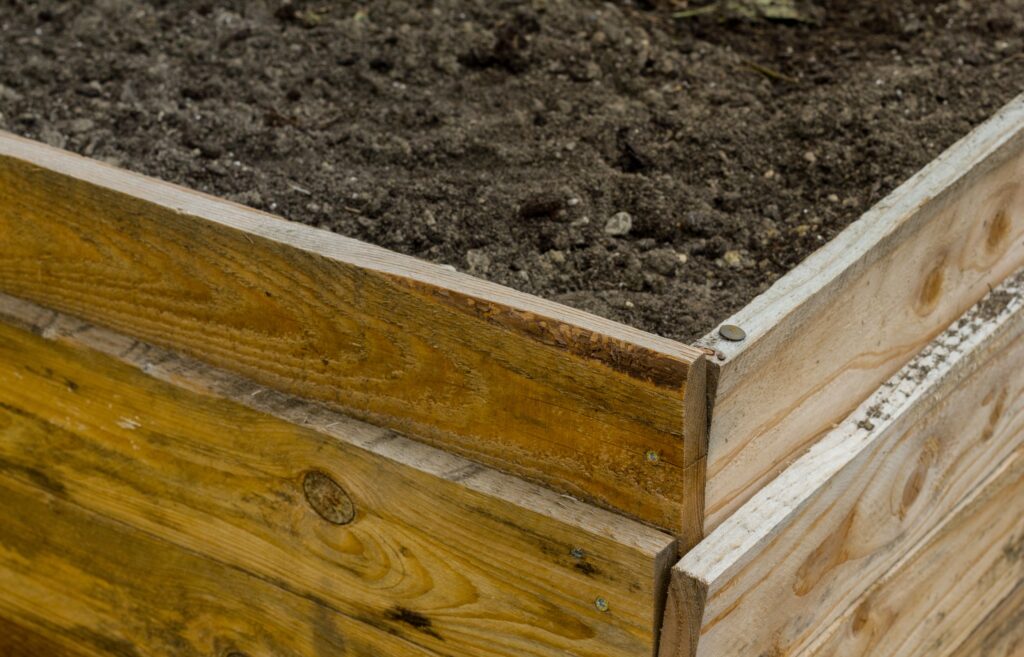
1. Check Your Raised Garden Bed for Repairs
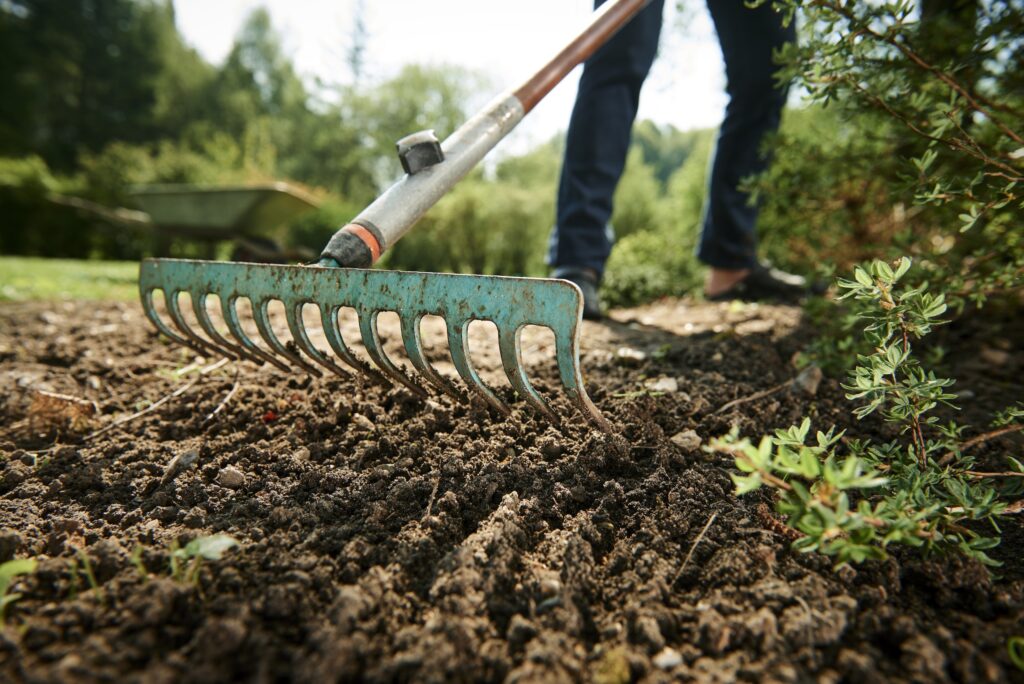
2. Clear Out Debris
Clear out any debris that may have accumulated over the winter months. Remove dead plants, weeds, leaves, and any other organic matter that could harbor pests or diseases. This step not only helps to tidy up your garden bed but also prevents potential issues that could affect the health of your new plants.
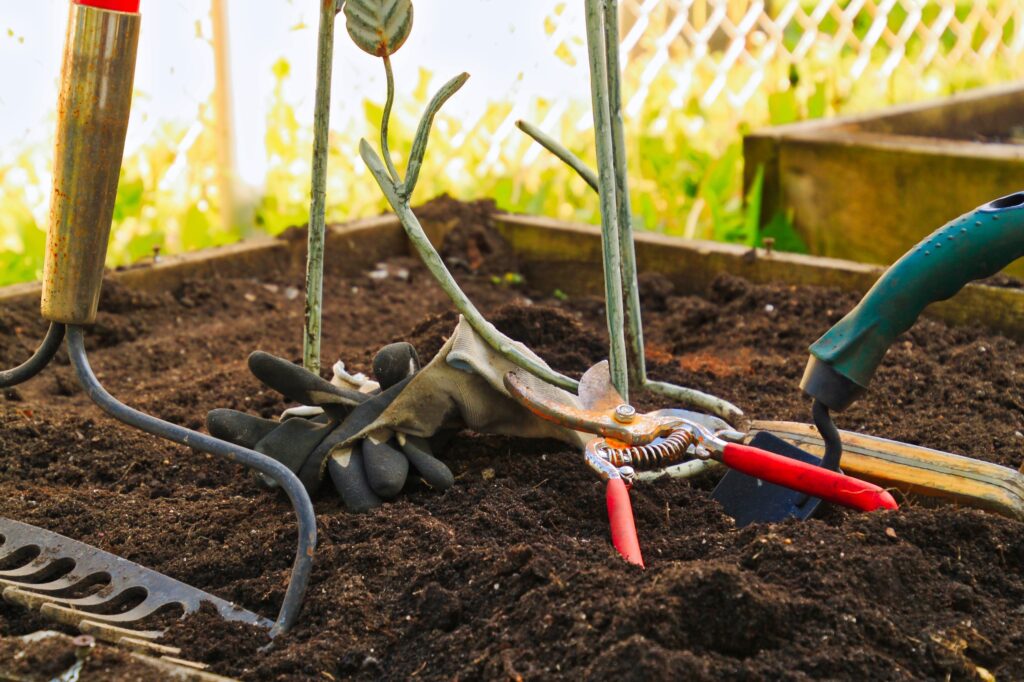
3. Amend the Soil
One of the advantages of raised garden beds is the ability to have more control over the soil quality. Take this opportunity to replenish and amend the soil to provide essential nutrients for your plants. Incorporate organic matter such as compost, aged manure, or composted leaves to improve soil structure and fertility. A soil test can also help identify any deficiencies, allowing you to adjust the pH or nutrient levels accordingly.
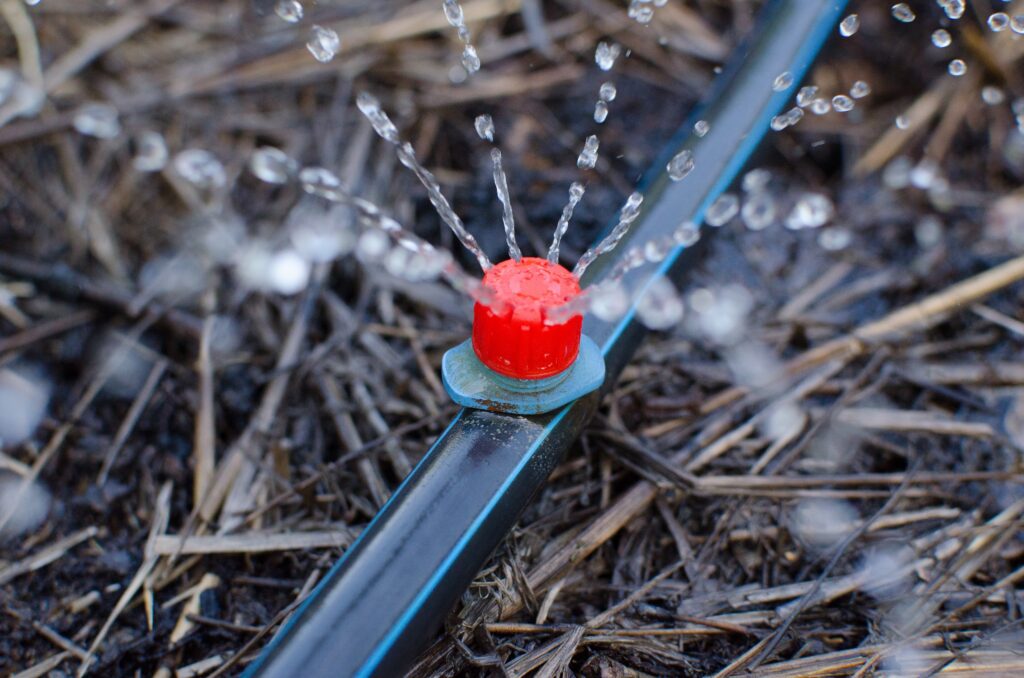
4. Check Drainage
Proper drainage is crucial for the health of your plants, especially in raised beds where water can accumulate more easily. Ensure that your garden bed has adequate drainage by checking for any blockages or compacted soil. Consider adding a layer of gravel or coarse sand at the bottom of the bed to improve drainage, especially if you notice standing water after heavy rainfall.
Click to Purchase Landecor Raised Garden Bed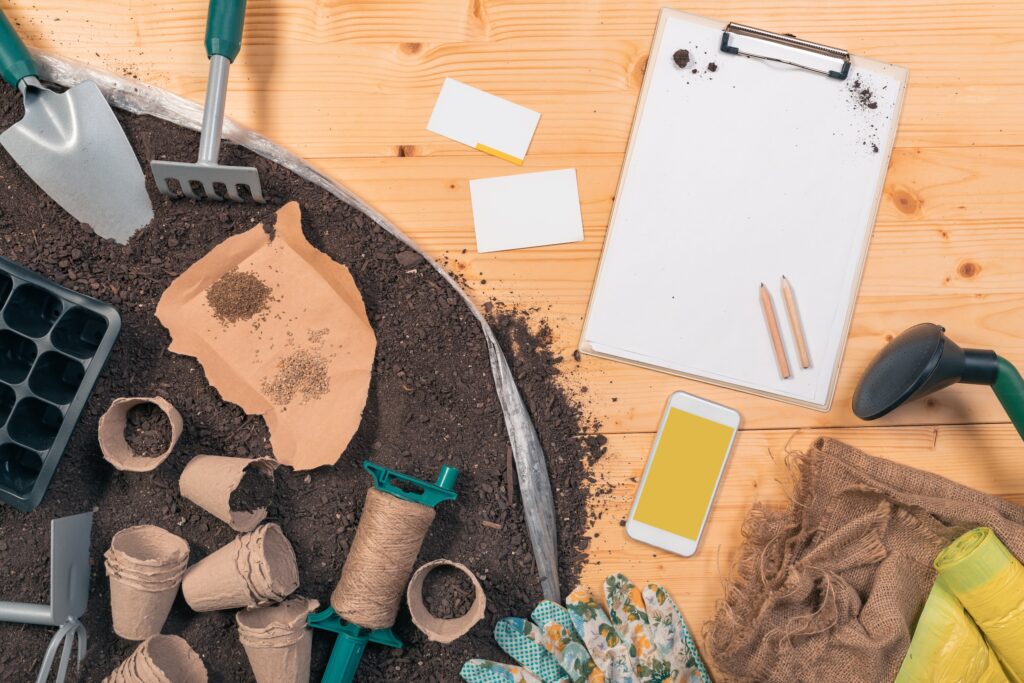
5. Plan Your Layout
Before planting, take some time to plan out the layout of your garden bed. Consider factors such as plant spacing, sunlight requirements, and companion planting. Grouping plants with similar needs together can optimize space and resources while minimizing competition. Additionally, rotating crops each season can help prevent soil depletion and pest build-up.
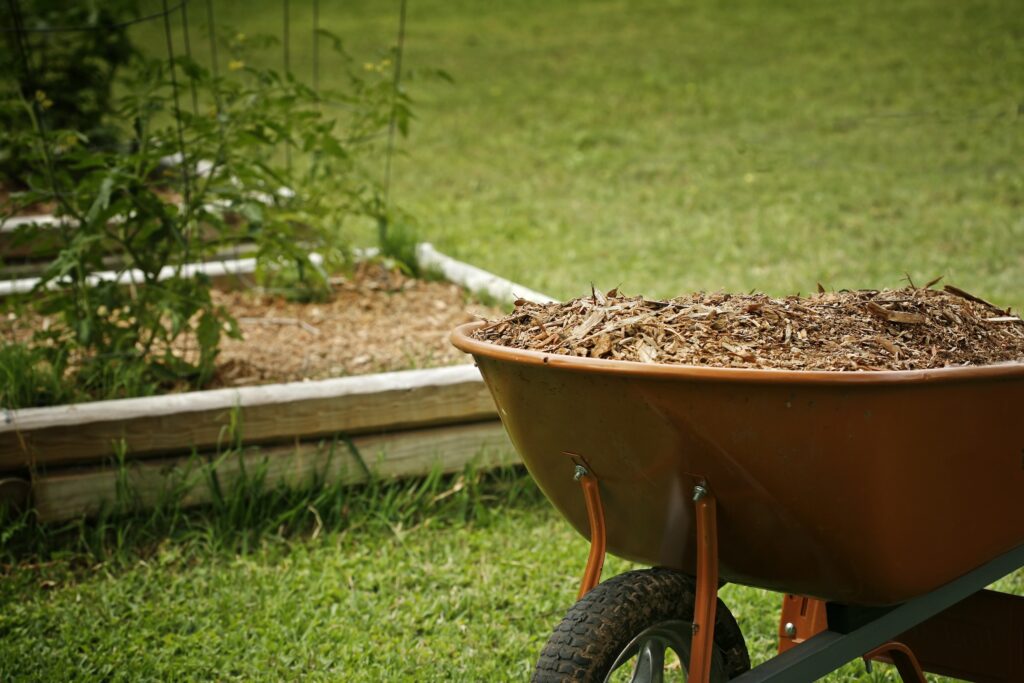
6. Mulch and Protect
Finally, mulch your garden bed to conserve moisture, suppress weeds, and regulate soil temperature. Organic mulches such as straw, wood chips, or shredded leaves are ideal for raised beds as they gradually break down, enriching the soil over time. Additionally, consider installing row covers or protective barriers to shield your plants from late frosts or unexpected temperature fluctuations.
Click to Purchase Landecor Raised Garden Bed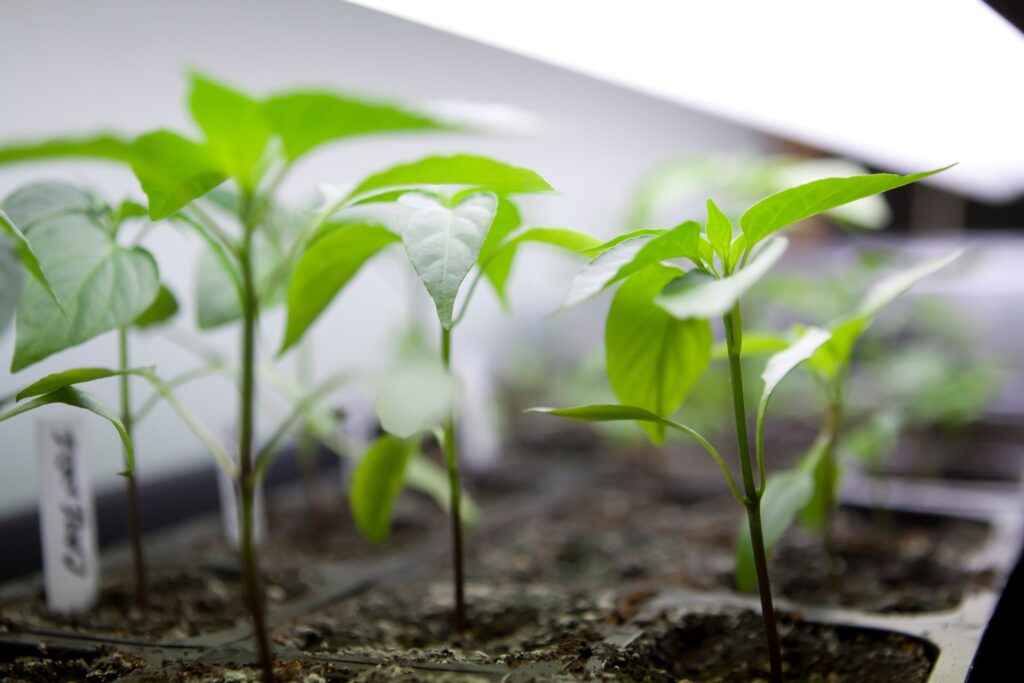
With proper preparation, your raised garden bed can be a thriving oasis of greenery and abundance come springtime. By following these six essential steps – checking raised garden planter, clearing out debris, amending the soil, checking drainage, planning your layout, and mulching – you’ll set the stage for a successful growing season ahead. So roll up your sleeves, dig in the dirt, and get ready to enjoy the fruits of your labor in your beautifully prepared raised garden bed. Happy planting!
